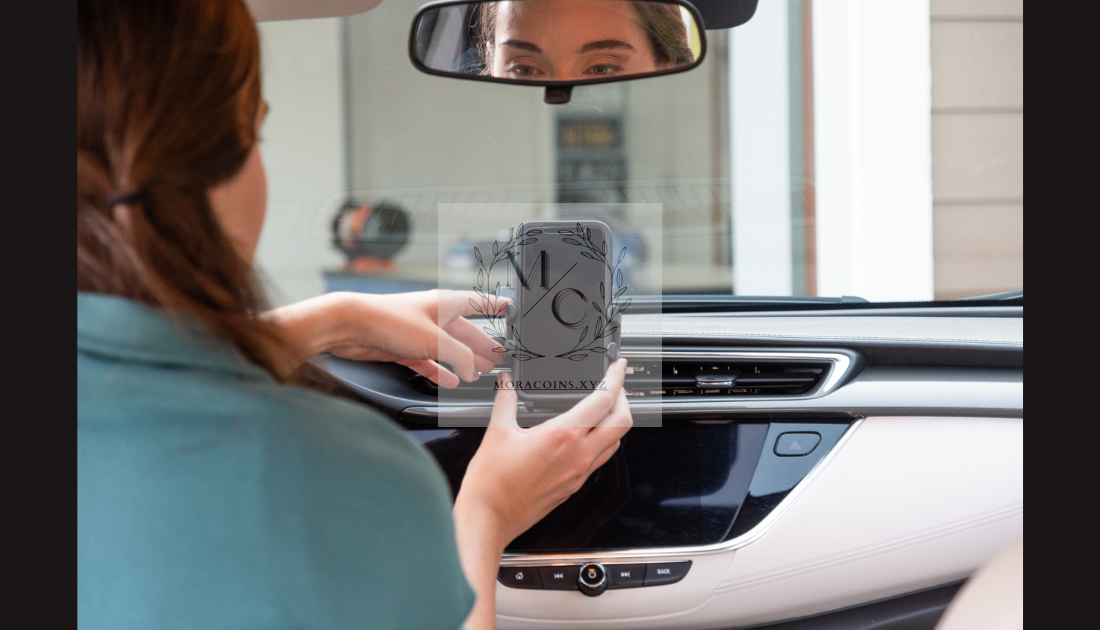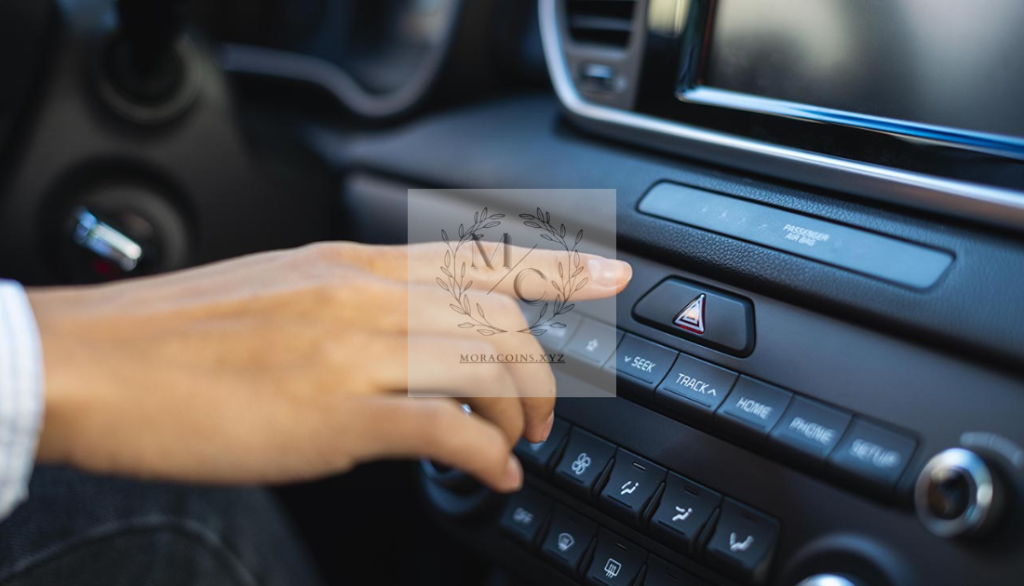Blog
Installing Bluetooth in Cars: A Guide to Upgrading Your Driving Experience
Bluetooth technology has transformed the way we drive, offering hands-free calling, music streaming, and seamless connectivity with our devices. While newer cars often come with Bluetooth built-in, many older models lack this feature. Fortunately, adding Bluetooth to your car is easier than you might think, with several affordable options to choose from. In this guide, we’ll explore the benefits of Bluetooth, the installation process, and the best methods for bringing this modern convenience to your vehicle.
1. Benefits of Installing Bluetooth in Cars
Adding Bluetooth to your car offers multiple benefits, making your drives safer, more enjoyable, and more convenient. Here are a few reasons why Bluetooth is an excellent addition to any vehicle.
Hands-Free Calling: Bluetooth allows you to make and receive calls without taking your hands off the wheel. With voice commands, you can dial numbers, answer calls, and stay focused on the road, significantly enhancing safety.
Wireless Music Streaming: With Bluetooth, you can stream music from your smartphone directly to your car’s speakers. This feature eliminates the need for cables and lets you enjoy your favorite playlists or podcasts seamlessly.
Enhanced GPS Navigation: Many navigation apps can connect via Bluetooth, enabling you to hear directions through your car’s audio system. This integration allows for clear, hands-free navigation that enhances your driving experience.
Compatibility with Smart Assistants: Bluetooth connectivity also enables interaction with smart assistants like Siri or Google Assistant. You can ask for directions, send messages, or check weather updates, all without taking your hands off the wheel.
2. Types of Bluetooth Devices for Cars
There are several types of Bluetooth devices available for adding Bluetooth to your car. The best choice depends on your vehicle’s features, budget, and desired functionality.
Bluetooth Adapters for Auxiliary Input: If your car has an auxiliary (AUX) input, a Bluetooth adapter is one of the easiest options. These adapters plug into the AUX port and connect wirelessly to your smartphone. They’re affordable and simple to use, providing clear audio for calls and music.
FM Transmitters: For cars without an AUX input, an FM transmitter can add Bluetooth functionality. FM transmitters connect to your smartphone via Bluetooth and broadcast audio over a designated FM radio frequency. Simply tune your car’s radio to the chosen frequency to enjoy wireless connectivity.
Bluetooth Car Kits with USB Ports: Some Bluetooth car kits plug into your car’s USB or 12V power outlet. These kits often offer additional features like charging ports and multi-device connectivity, making them a versatile option for drivers who want more than basic Bluetooth functionality.
Aftermarket Stereos with Bluetooth: If you’re looking for a complete upgrade, replacing your car’s stereo with an aftermarket Bluetooth-enabled unit might be the best choice. These stereos provide built-in Bluetooth, better audio quality, and additional features like touchscreen displays and enhanced controls.

3. Step-by-Step Guide to Installing Bluetooth in Your Car
Once you’ve selected the right Bluetooth device, installing Bluetooth in your car is straightforward. Here’s a step-by-step guide to help you set up your new system.
Step 1: Choose the Right Location for Your Bluetooth Device
Decide where you’ll place the Bluetooth adapter or transmitter. For AUX adapters, plug it into the AUX port, usually located on the dashboard or center console. FM transmitters should be inserted into the 12V power outlet, often found near the center console or dashboard.
Step 2: Pair Your Smartphone with the Bluetooth Device
Turn on your Bluetooth device and activate Bluetooth on your smartphone. Most adapters and transmitters have an easy pairing process; simply select the device name in your phone’s Bluetooth settings and wait for the connection to establish.
Step 3: Set Up Your Car’s Audio System
For AUX adapters, switch your car’s audio input to AUX mode. If you’re using an FM transmitter, tune your car’s radio to the same frequency as the transmitter. Avoid crowded frequencies to reduce interference and enjoy clearer sound quality.
Step 4: Test the Connection
Once connected, test the Bluetooth setup by playing music or making a call. Adjust the volume on both your phone and car stereo to find the optimal sound level. If the sound quality is poor, try adjusting the transmitter’s frequency or repositioning the device.
4. Tips for Optimal Bluetooth Sound Quality
Achieving clear audio quality with Bluetooth devices may require a few adjustments. Here are some tips to help you get the best sound from your setup.
Choose the Right Frequency: For FM transmitters, selecting an unused FM frequency can make a huge difference in audio quality. Use a frequency finder app to locate available stations in your area, ensuring minimal interference.
Adjust Device Settings: Many Bluetooth devices have adjustable sound settings. Check the device’s user manual to see if you can tweak settings like bass, treble, or volume levels for better audio performance.
Use High-Quality Audio Files: Streaming high-quality audio files or choosing high-bitrate options can improve sound clarity, especially for music lovers. Many music streaming services offer high-quality options in their settings.
5. Safety Tips for Using Bluetooth While Driving
While Bluetooth offers convenience, it’s essential to use it responsibly to avoid distractions. Here are some safety tips for using Bluetooth while driving.
Avoid Adjustments While Driving: Set up your Bluetooth device and audio preferences before starting your trip. Avoid adjusting settings or changing music tracks while driving, as these actions can divert your attention.
Use Voice Commands: Many Bluetooth devices support voice commands for hands-free control. Use voice assistants like Siri, Google Assistant, or Alexa to make calls, send texts, or control music without taking your eyes off the road.
Keep the Volume at a Safe Level: While it’s tempting to enjoy music at high volumes, loud audio can mask important sounds on the road. Keep the volume at a reasonable level to stay aware of your surroundings.
6. Cost Considerations for Adding Bluetooth to Your Car
The cost of installing Bluetooth in your car varies depending on the device you choose. Bluetooth adapters and FM transmitters are the most affordable options, typically ranging from $10 to $50. Car kits with USB and charging ports may cost slightly more but offer added functionality.
If you choose to upgrade to an aftermarket Bluetooth stereo, expect to pay between $100 and $300, depending on the brand and features. Although it’s a more significant investment, an aftermarket stereo provides a complete Bluetooth solution and often enhances the car’s audio system quality.
Conclusion: Bluetooth Brings Modern Convenience to Any Car
Adding Bluetooth to your car can improve your driving experience by providing hands-free calling, wireless music streaming, and enhanced navigation. Whether you choose a simple adapter, an FM transmitter, or a full stereo upgrade, installing Bluetooth in cars is a straightforward and affordable upgrade that enhances safety and convenience.
With the right device and setup, you can enjoy the benefits of Bluetooth in any vehicle, transforming your car into a more connected and enjoyable space. So, consider installing Bluetooth in your car to stay safe, entertained, and connected on every journey.


